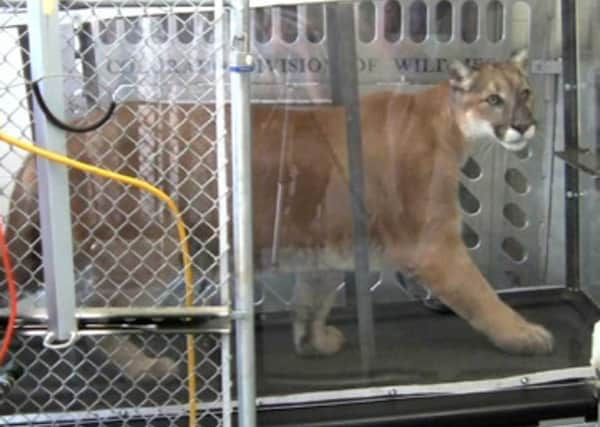QUB study on mountain lion survival mode


The effect of this is to save on energy costs of transport.
The study demonstrated that mountain lions have an ability to assess their surrounding terrain and utilise an energetically efficient series of walking gaits.
This is important because under current scenarios of climate change and habitat loss, many wild animals, especially large predators, are being forced to move into novel energetically challenging environments as the usual areas they inhabit are increasingly being occupied by humans. Consequently, the areas that animals move into heighten their energetic costs and effect the decline of populations.
Advertisement
Advertisement
Mountain lion habitats are rapidly diminishing due to increasing agriculture and urbanization (35% loss in California predicted by 2030). In addition, road collisions, fires, and poaching of their wild prey have become more problematic for the lions. Remaining populations are being challenged and at times moving into the steepest and most energetically costly mountainous parts of their range.
To conduct their research, the researchers trained captive-reared mountain lions to walk on a treadmill so they could measure their oxygen consumption whilst walking on the level and on an incline.
The team also equipped wild mountain lions in the Santa Cruz Mountains, California, with GPS and accelerometers to track their movements and identify their preferred behaviours.
This allowed them to calculate the wild mountain lions’ energy use each day and track how they chose to move through steep landscapes.
The researchers found that mountain lions subsequently traversed hillsides to decrease the angle that they climb and also travelled much more slowly when climbing, conserving their energy.